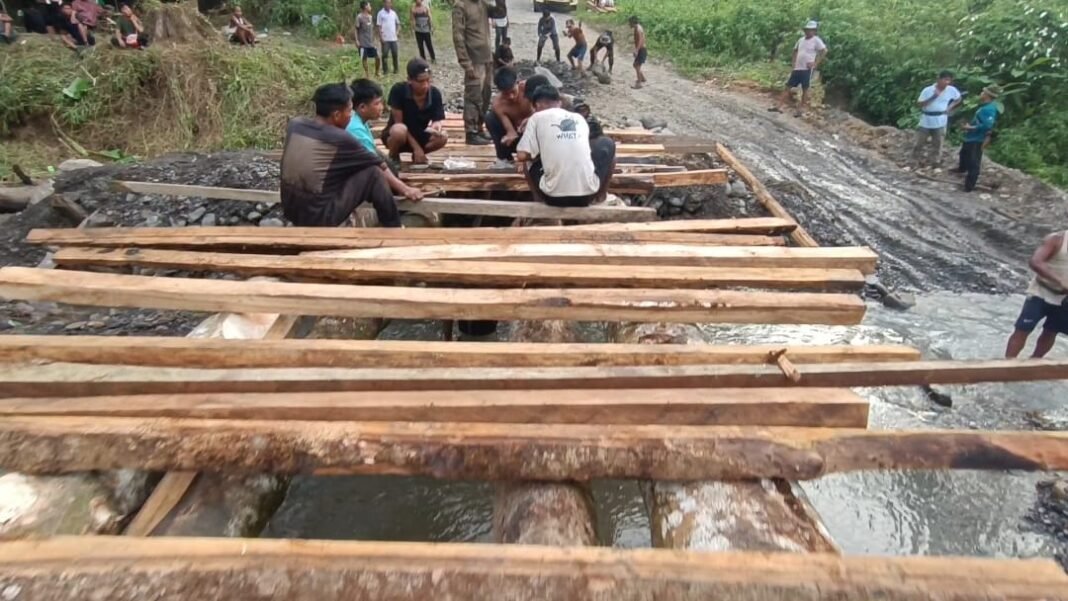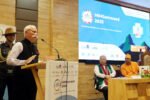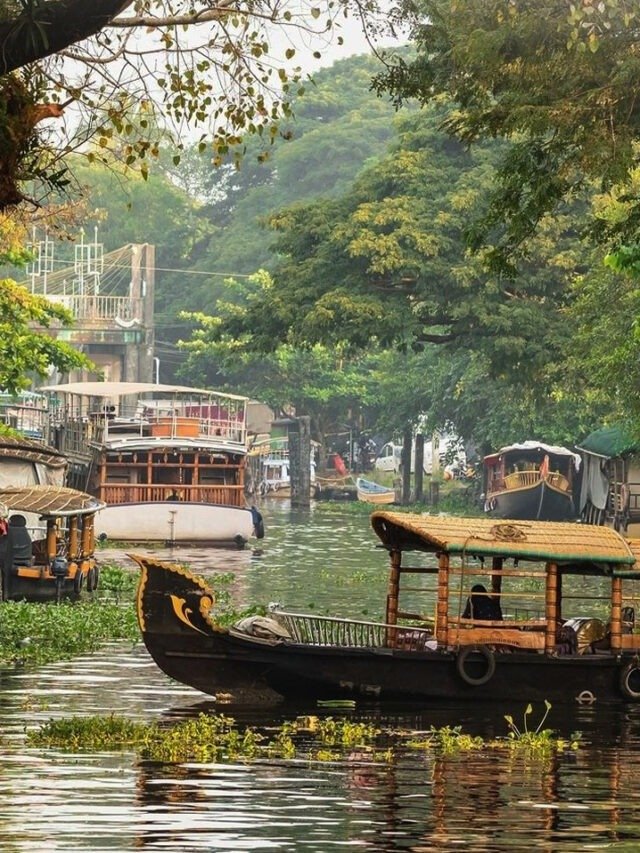HT Correspondent
DIBRUGARH, June 11: In a heartening example of resilience and community spirit, villagers from the remote Chatong village in Arunachal Pradesh have constructed a wooden bridge entirely from their own resources, addressing a longstanding communication bottleneck that had plagued the region for years.
Located in the hilly terrain of Longding district, Chatong is home to the Wancho tribe—a community known for its strong traditions and collective strength. With no financial aid or infrastructural support from the government, the residents of Chatong decided to take matters into their own hands. Coming together as a unified force, the villagers contributed money from their own pockets and built a wooden bridge that now connects them more effectively with the rest of the district.
More than a hundred villagers participated in the construction of the bridge, working shoulder to shoulder. Women from the village also played a vital role by preparing and serving tea and meals to support the men working tirelessly on the project.
“We have contributed from our own pockets to build the bridge because the government has failed to do so. This bridge will finally ease the communication problem which has long been ignored,” said a villager who was part of the initiative.
The construction, driven by necessity and frustration over years of official inaction, was completed in just three days. The bridge is now a critical link for villagers in Chatong, Ozakho, Langmai, and Chajam—all part of eastern Arunachal’s Longding district—who had been suffering from a lack of proper connectivity.
Despite the state’s recent developmental strides, regions like Longding continue to highlight the uneven spread of infrastructure. In particular, the affected villages had long struggled due to the absence of a reliable bridge, making travel and access to basic services a daunting challenge. Although two roads technically connect these villages, one of the routes—a PMGSY road through Chibam block—has remained completely non-motorable, making it useless for daily travel or transport of goods.
As a result, villagers were forced to take a much longer alternative route, traveling nearly 40 kilometers through neighboring Tirap district just to reach their own district headquarters, Longding. This detour not only increased travel time but also exacerbated the daily hardships faced by the community.
Years of disappointment and unmet promises from successive governments and relevant departments had led to growing frustration. That frustration eventually turned into determination, as villagers turned to community labour and local materials to create a functional bridge that could serve their needs.
“It took around three days to complete the construction of the bridge, which is now expected to significantly ease the day-to-day struggles of the villagers,” said Jacob Wangsu, President of the Chatong Students’ Union.
“When the government didn’t step in, our people took it upon themselves to build what was necessary,” he added, underscoring the people’s sense of ownership and agency in solving their own problems.
The four villages collectively comprise around 500 households and fall under the Kanubari Legislative Assembly Constituency, currently represented by Minister Gabriel D. Wangsu. Despite being under a sitting minister’s jurisdiction, the plight of these villagers had gone unnoticed and unaddressed for years, further fueling their decision to act independently.
This remarkable example of grassroots initiative stands as a testament to the strength and unity of rural communities. While it highlights the tenacity of the people, it also casts a spotlight on the continuing infrastructural and administrative gaps that still exist in many parts of Arunachal Pradesh. The bridge, though modest in appearance, carries with it the weight of collective effort, hope, and the unspoken question—when will the government finally catch up?












